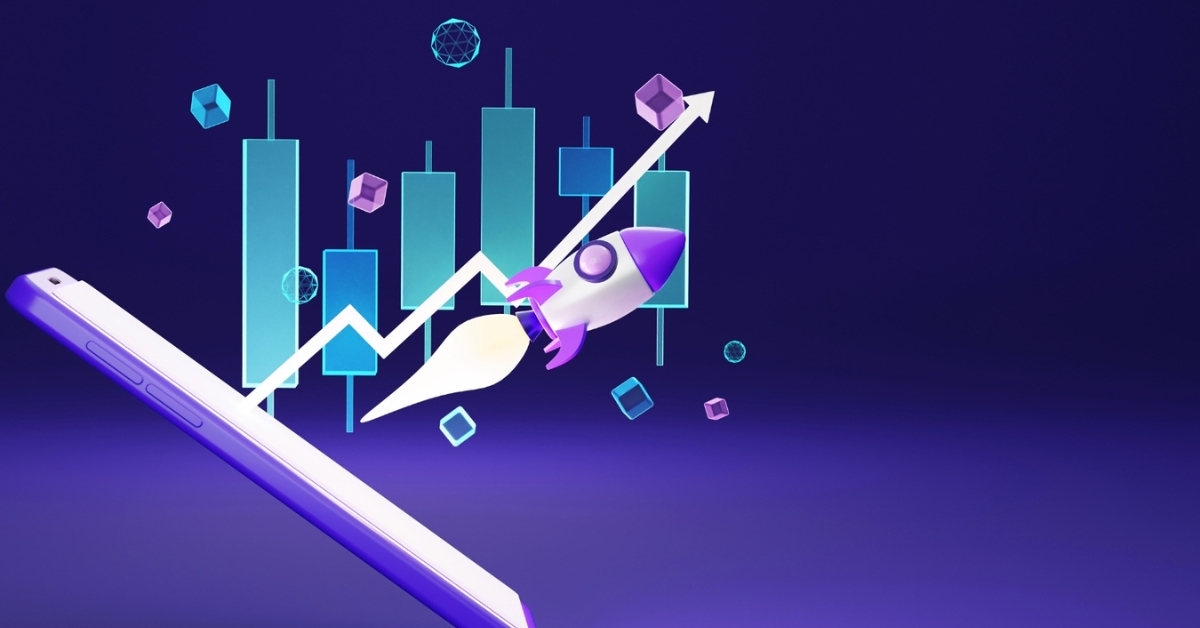Introduction
Mobile banking has evolved from a supplementary service to a fundamental feature in financial services, adapting to technological advancements and evolving consumer expectations.
The Rise of Mobile Banking
Mobile banking, initially limited to checking balances and SMS transactions, has evolved to include complex transactions like fund transfers, bill payments, and mobile check deposits, providing 24/7 banking access.
Key Milestones in Mobile Banking
- Introduction of Mobile Apps: Early mobile banking was limited to web-based services that were often clunky and limited. The introduction of dedicated banking apps significantly improved the user experience by providing a stable, reliable, and secure platform for conducting financial transactions.
- Enhanced Security Features: As cyber threats increased, mobile banking evolved to include robust security measures such as biometric authentication (fingerprint and facial recognition) and two-factor authentication, providing users with peace of mind.
- Integration of Artificial Intelligence: AI and machine learning have been integrated into mobile banking, offering personalized financial advice and automated customer service through chatbots, enhancing the user experience and efficiency.
Current Trends in Mobile Banking
● Personalization: Banks are increasingly using data analytics to offer personalized banking experiences. Customers receive tailored banking advice, product recommendations, and alerts based on their spending habits, search histories, and financial goals.
● Open Banking: Driven by regulations like PSD2 in Europe, open banking allows third-party developers to build applications and services around the financial institution. This fosters greater transparency and innovation, giving users more control over their financial services.
● Mobile-First Design: More banks are adopting a mobile-first approach in designing their digital products to cater to the growing number of users who primarily access banking services through their smartphones.
The Future of Mobile Banking
1. Expansion of Digital Wallets and Payments
Mobile banking is expected to expand with the integration of digital wallets and payments like Apple Pay, Google Wallet, and Samsung Pay.
2. Blockchain Technology
Blockchain’s decentralized nature offers enhanced security and efficiency in mobile banking, making it resistant to fraud and cyberattacks, and making it a promising solution for mobile banking applications.
3. Enhanced Integration with IoT Devices
IoT is set to integrate with mobile banking, enabling transactions through connected devices like cars and fridges and allowing automatic payments for fuel and groceries.
4. Banking as a Service (BaaS)
Banking as a Service allows digital banks and other third-party companies to connect their services directly to bank systems via APIs. This will enable companies to offer banking services, making the bank’s role more of a behind-the-scenes operator.
5. Voice-Activated Transactions
Voice technology is expected to significantly impact mobile banking, enabling customers to initiate transfers, check balances, and pay bills via voice commands.
Conclusion
Mobile banking is evolving due to technological advancements and changing consumer expectations, transforming banking experiences into integrated, personalized, and secure options, paving the way for a global banking landscape shift.
#MobileBanking #DigitalFinance #FinancialTechnology #OpenBanking #Blockchain #IoT #BankingTrends #FutureOfBanking #DigitalWallets #VoiceActivatedBanking



